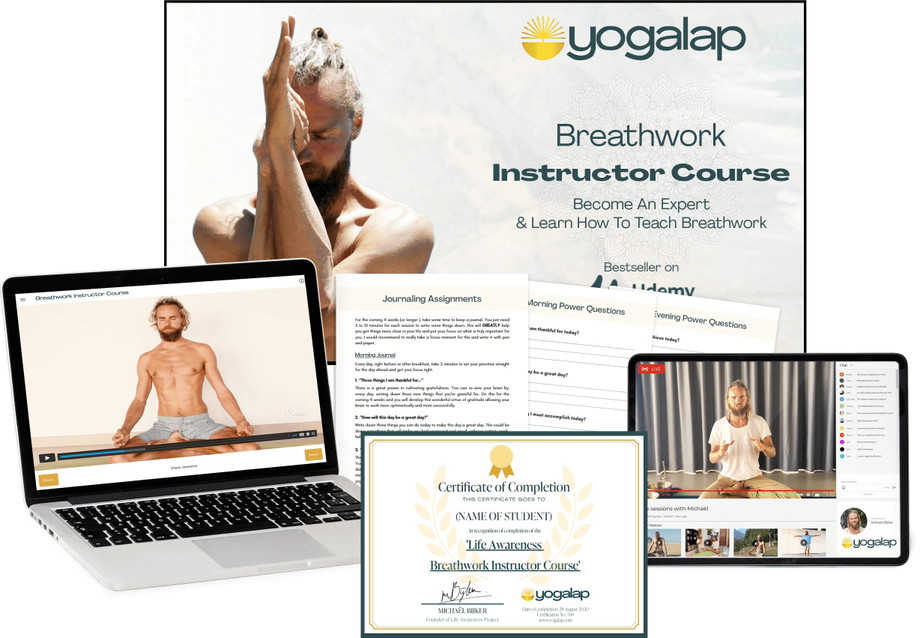Pranayama, the ancient yogic practice of breath control, holds the power to transform our physical, mental, and emotional well-being. At the heart of this transformative journey stands the Pranayama teacher, a skilled guide who imparts the wisdom of conscious breathing. In this article, we will explore the vital role of a Pranayama teacher, uncovering the profound benefits of pranayama, the qualities that make an effective teacher, and how these practitioners empower individuals to lead healthier, more balanced lives through the mastery of the breath.
The Essence of Pranayama
Pranayama is an integral part of yoga, focusing on the regulation and control of the breath. The word "prana" refers to life force or energy, while "ayama" means extension or expansion. Through pranayama techniques, individuals harness and direct their life force by manipulating the breath.
Pranayama offers an array of benefits:
Stress Reduction: Pranayama techniques can calm the nervous system, reduce stress, and promote relaxation.
Enhanced Vitality: Regular practice increases energy levels, improving overall vitality and vigor.
Improved Focus: Pranayama enhances concentration and mental clarity.
Emotional Balance: It helps manage emotions, reducing anxiety, depression, and mood swings.
Better Physical Health: Controlled breathing can enhance lung capacity, improve digestion, and support the immune system.
The Role of a Pranayama Teacher
A Pranayama teacher serves as a knowledgeable and compassionate guide on the path of conscious breathing. Their role includes:
Education: Teaching the principles and techniques of pranayama, ensuring students understand the profound connection between breath and overall health.
Guidance: Providing step-by-step instruction and adjustments to help students develop their pranayama practice safely and effectively.
Motivation: Inspiring and encouraging students to maintain a consistent pranayama practice, even when faced with challenges.
Personalization: Tailoring pranayama practices to suit individual needs, considering factors such as health conditions and emotional well-being.
Cultivating Mindfulness: Encouraging students to be present and mindful during their practice, deepening their mind-body connection.
Qualities of an Effective Pranayama Teacher
Effective Pranayama teachers possess a unique set of qualities:
Deep Knowledge: A strong understanding of pranayama techniques, anatomy, and physiology.
Compassion: A genuine concern for their students' well-being and progress.
Patience: The ability to guide students through the challenges and plateaus of their practice.
Empathy: The capacity to connect with students on a personal level, understanding their unique experiences and needs.
Adaptability: The skill to modify and adjust practices to cater to individual limitations or health concerns.
Clear Communication: The ability to articulate complex concepts and instructions clearly and effectively.
Empowering Wellness Through Pranayama
Pranayama teachers empower individuals to take charge of their health and well-being by providing them with tools to manage stress, enhance vitality, and cultivate inner peace. Through regular practice, students develop a profound awareness of their breath, leading to greater self-awareness and a deepening connection with their inner selves. Ultimately, Pranayama teachers play a pivotal role in fostering holistic wellness, guiding their students on a transformative journey towards a healthier, more balanced life.
For More Info:-






Comments